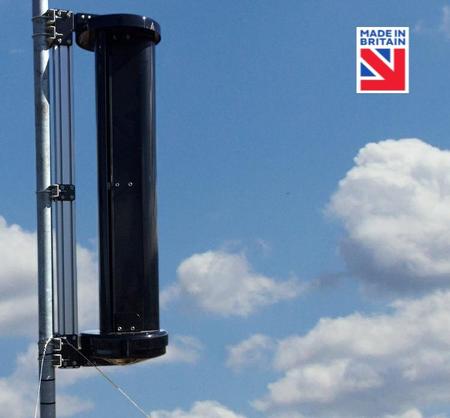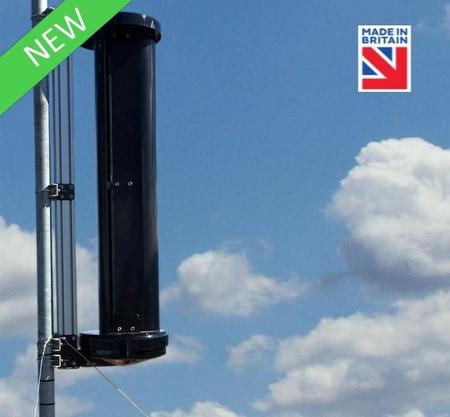Blog
Ultimate Guide to Selecting the Best Wind Turbine Generator for Residential Use
As the demand for sustainable energy solutions continues to rise, many homeowners are considering renewable energy sources to reduce their carbon footprint and energy bills. One of the most promising options is the wind turbine generator for home use, which harnesses the power of wind to generate electricity. According to the U.S. Department of Energy, residential wind energy systems can significantly lower energy costs and can provide over 70% of the energy needs for a typical home in areas with favorable wind conditions. Furthermore, a report from the Global Wind Energy Council indicated that the global capacity of wind energy installations reached over 743 GW by 2020, reflecting the growing acceptance and investment in this technology. As more homeowners look to wind power as a viable energy source, selecting the right wind turbine generator for home use becomes crucial in achieving optimal efficiency and environmental benefits.
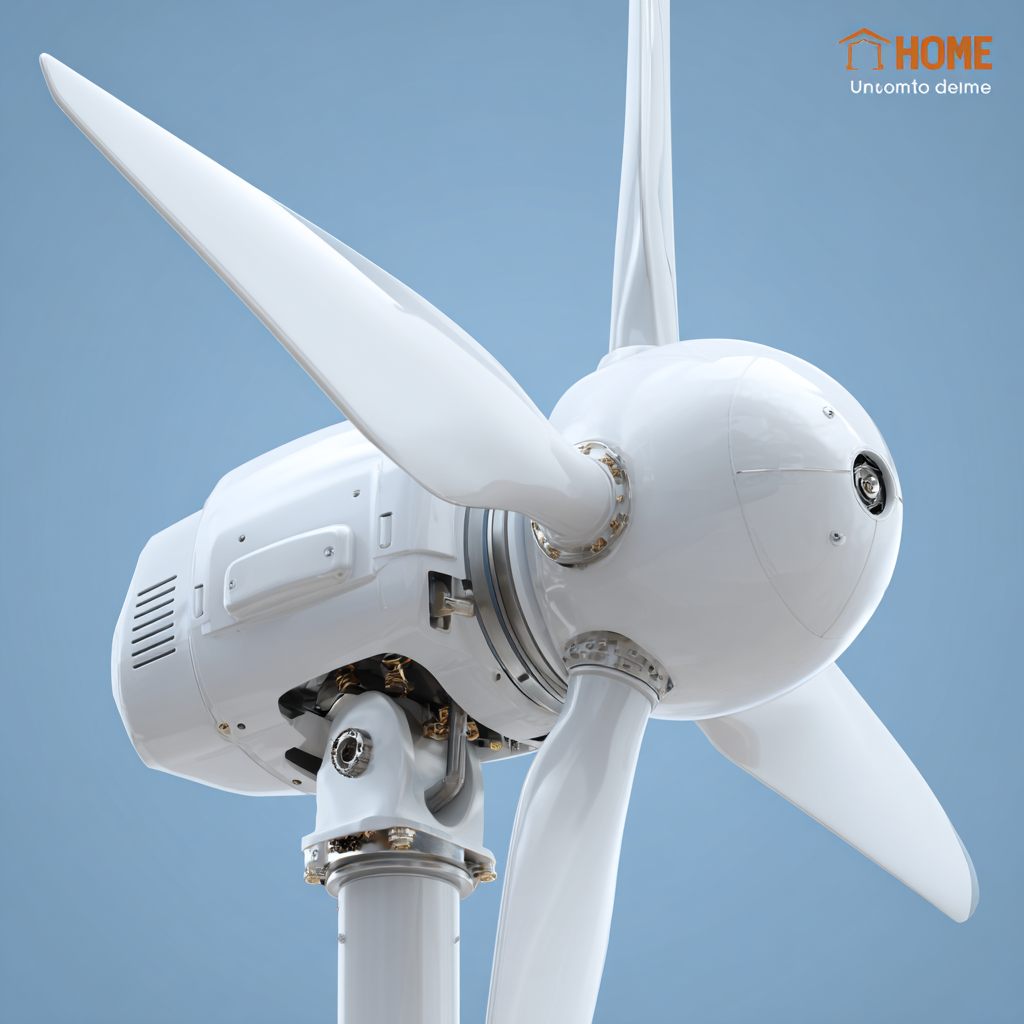
Understanding Wind Turbine Basics: Types, Components, and Functions
When selecting the best wind turbine generator for residential use, understanding the fundamental components and types of turbines is critical. Wind turbines consist of several key elements, including rotor blades, nacelles, and towers. Each component plays a vital role in converting wind energy into electricity efficiently. According to recent industry analyses, the global wind turbine market is projected to reach $110 billion by 2026, highlighting the growing demand for renewable energy solutions.
There are primarily two types of wind turbines: horizontal-axis and vertical-axis. Horizontal-axis turbines, which are more common, generally offer higher efficiency and output compared to vertical-axis designs. In addition, the market analysis indicates a significant division in turbine use, with approximately 70% of installations occurring onshore, while the remainder is offshore. The increasing interest in offshore wind farms is predicted to drive investment and technological advancements in the coming years.
Furthermore, the wind power market is witnessing innovative developments in turbine protection systems, such as lightning protection, fire safety, and braking systems. Reports indicate that these protective measures are essential in enhancing the reliability and lifespan of wind turbines. Emerging technologies and regulatory frameworks fostering recycling and the repurposing of aged turbines are further bolstering the sector, making it a pivotal part of the transition to sustainable energy sources.
Evaluating Energy Needs: How to Calculate Your Household's Power Requirements
When considering the installation of a wind turbine generator for residential use, a critical first step is calculating your household’s power requirements. The average American home consumes about 877 kWh per month, which translates to approximately 29 kWh per day. Understanding your energy consumption patterns helps you determine the size and capacity of the wind turbine needed to satisfy your energy demands effectively. For instance, the U.S. Department of Energy suggests that a small wind turbine rated at 5 kW can produce around 900 kWh per month under optimal wind conditions, making it an adequate source for a typical household.
To accurately evaluate your energy needs, start by examining your monthly utility bills for historical consumption data. Tools like the Energy Information Administration’s (EIA) calculators can provide valuable insights into how different appliances contribute to energy usage. By taking into account seasonal fluctuations and peak load times, you’ll gain a clearer picture of your energy requirements. It’s also essential to consider factors such as local wind speeds, typically measured in meters per second (m/s), since average annual wind speeds above 5.5 m/s are optimal for residential wind energy systems. This comprehensive approach ensures that you select a wind turbine generator that not only meets your energy needs but also aligns with the local environmental conditions.
Key Factors in Wind Resource Assessment for Optimal Turbo Performance
When selecting a wind turbine generator for residential use, understanding wind resource assessment is crucial for achieving optimal turbine performance. Before committing to a specific model, homeowners should evaluate their local wind conditions, as variations in wind speed and direction play a significant role in energy production. Accurate measurements over a period—ideally one year—can help in identifying peak wind speeds, average wind speeds, and the frequency of calm periods. Anemometers and other measuring tools can be invaluable for gathering this data, providing insights into whether a particular site can support a wind turbine economically.
Apart from wind speed, it’s essential to consider site-specific factors such as terrain, obstructions, and elevation. Surrounding structures, trees, or hills can create turbulence that reduces the effectiveness of a wind turbine. Ideally, the turbine should be installed at a height that maximizes exposure to clean, uninterrupted wind flows. Additionally, the turbine's specifications, like rotor diameter and hub height, should align with the wind characteristics of the site. By paying close attention to these key factors in wind resource assessment, homeowners can significantly enhance the efficiency and longevity of their wind energy systems.
Wind Resource Assessment for Optimal Turbo Performance
Comparing Residential Wind Turbine Technologies: Horizontal vs. Vertical Axis
When considering residential wind turbine options, homeowners often find themselves choosing between two main types of technologies: horizontal axis turbines and vertical axis turbines. Horizontal axis wind turbines (HAWTs) are the most common, characterized by their large blades mounted on a tall tower. These turbines tend to be more efficient in harnessing wind energy due to their aerodynamic design and the ability to capture wind from various angles. However, they require specific placement considerations, such as height for optimal performance, and are typically more suitable for areas with consistent, strong winds.
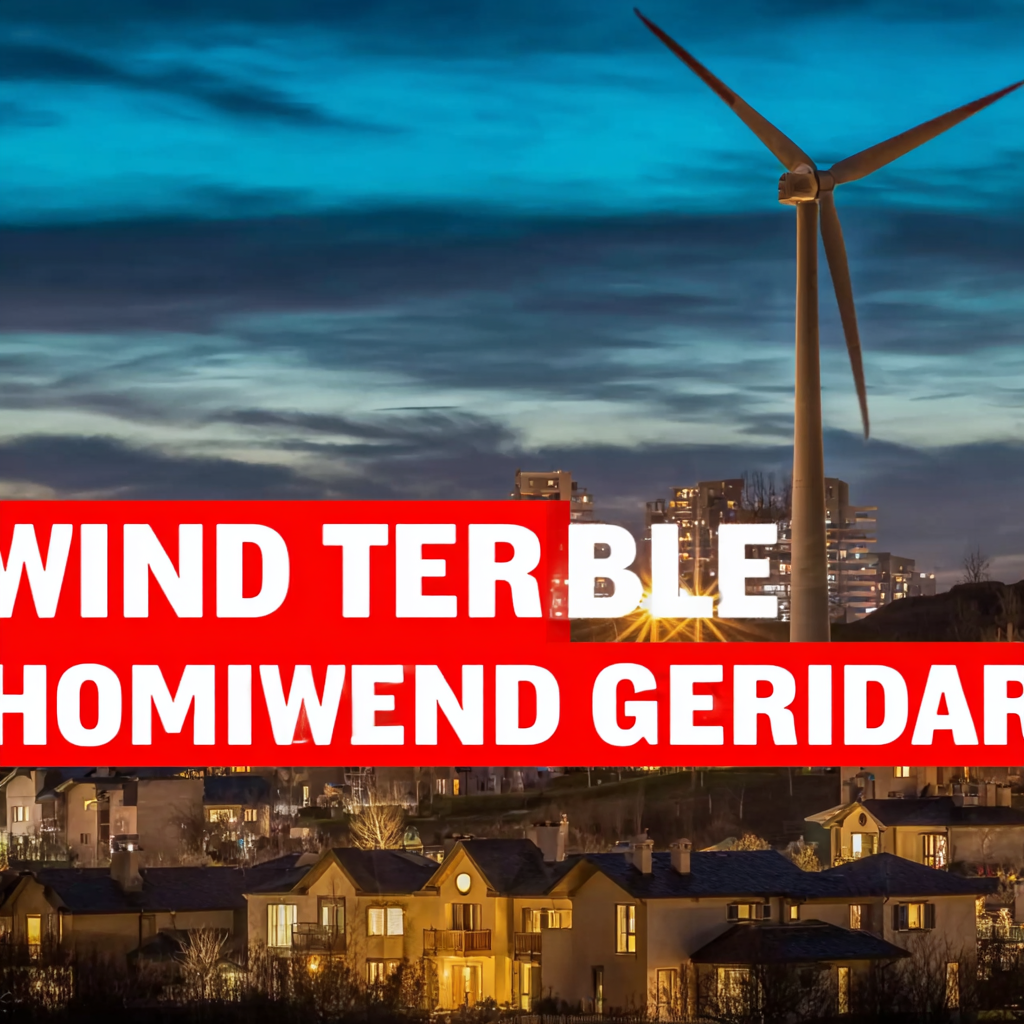
In contrast, vertical axis wind turbines (VAWTs) have blades that rotate around a vertical axis. These turbines are generally considered more versatile and can capture wind from any direction, making them ideal for residential environments where wind patterns may be less predictable. VAWTs are typically smaller and easier to install, making them a great option for properties with limited space. However, they usually have lower efficiency compared to their horizontal counterparts, especially in high-wind conditions. Ultimately, the choice between HAWTs and VAWTs depends on specific site conditions, energy needs, and aesthetic preferences.
Understanding Incentives and Regulations for Residential Wind Energy Systems
When considering a residential wind energy system, understanding the incentives and regulations in your area is crucial. Various federal, state, and local programs offer financial incentives to encourage homeowners to invest in renewable energy sources. Tax credits, grants, and rebates can significantly reduce the upfront costs of purchasing and installing a wind turbine generator. For instance, in the U.S., the federal Investment Tax Credit (ITC) allows homeowners to deduct a percentage of the installation costs from their federal taxes. Researching these incentives thoroughly can empower homeowners to make informed decisions while maximizing their return on investment.
In addition to financial incentives, homeowners must also navigate the regulatory landscape governing wind energy installations. Local zoning laws and building codes can dictate where and how wind turbines can be installed. It's important to consult your local government or energy authority to understand any required permits or inspections. Moreover, some homeowners associations (HOAs) may have restrictions on the height or appearance of wind turbines, so checking these details early in the planning process is advisable. By staying informed about regulations and leveraging available incentives, homeowners can take full advantage of the benefits of wind energy while ensuring compliance with local laws.
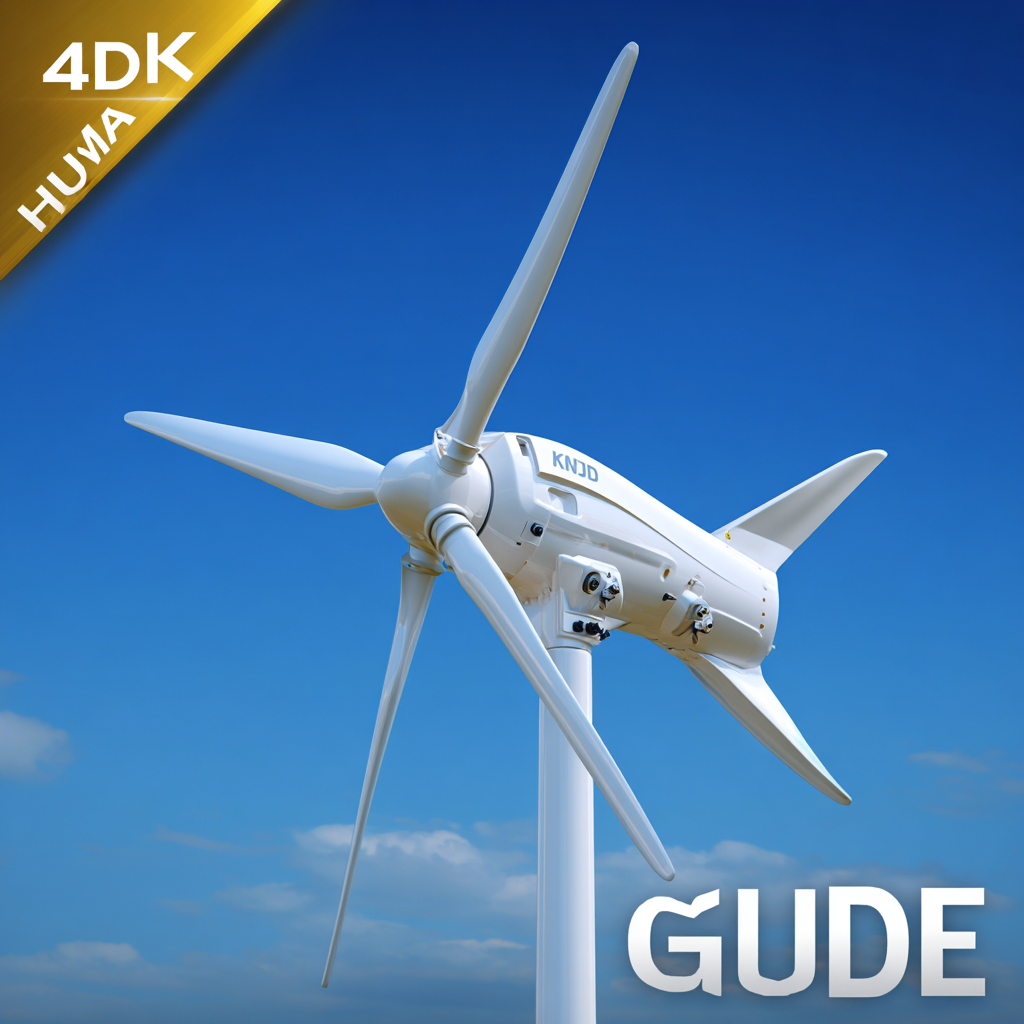
Tell us about your project
Our Off-grid experts will come back with recommendations




